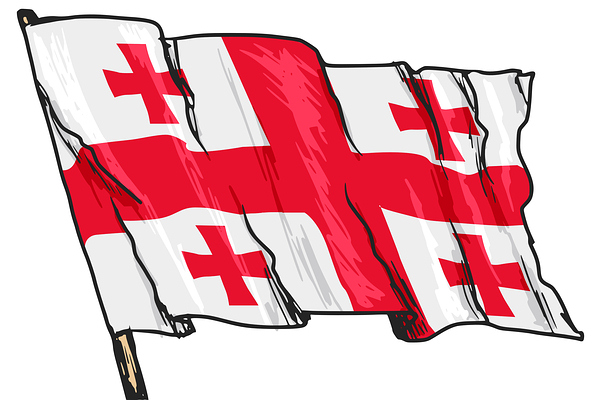

St Davids is the UK’S smallest city, located within the Pembrokeshire Coastal National Park West Wales. With its small streets, local shops and great places to have a bit to eat, St Davids makes a great day out for the whole family.
Car parking is located in the city for a small charge and also at the Cathedral, again for a small charge.
A war memorial is at the centre of the city with seating, which is ideal place to have your fish and chips. Several shops are within walking distance including gift shops, restaurants and takeaways. A visitor’s centre is located just as you enter the city, which will give up-to-the minute information and history of the city.
St Davids makes a relaxing day out, which could include exploring the Cathedral at the bottom of the hill - reached by the steps from the city or by driving down and parking in the Cathedral car park.

St Davids Cathedral - as it stands today was begun by Norman Bishop Peter de Leia in 1181.
The central tower collapsed twice in the 12th century, however in the fourteenth century, Welsh Bishop Henry Gower had it repaired and extended in his remodelling programme, which included the nave, the choir and the major stone screen.
To the side of the cathedral is Bishop’s Palace, home to the Bishop of St Davids.
Today after much renovation the cathedral is open most days to the public and is well worth a visit and still contains some church relics.

St Davids History
St Davids History - dates back to around the 6th century and is named after St David, who founded the monastery and church. The monastic brotherhood that St David founded was very strict — besides praying and celebrating masses, they cultivated the land and carried out many crafts, including beekeeping, in order to feed themselves and the many pilgrims and travellers who needed lodgings. The monks also fed and clothed the poor and needy. The original Cathedral built on the site was often plundered by the Vikings and was finally burnt and destroyed in 1087. The current Cathedral was built by the Normans and was visited by William the Conqueror in 1077, King Henry II in 1171, and King Edward I and Queen Eleanor in 1284.
Pope Calixtus II decreed that two pilgrimages to St Davis were equivalent to one to Rome.

St Davids Shops
St Davids Shops - has a wide variety of shops are within walking distance, stocking a huge range of hand crafted souvenirs. There is also a super market on your left as you leave the city, handy for everyday supplies.

Oriel y Parc Visitor Centre
Oriel y Parc Visitor Centre - is located on the right as you enter the city of St Davids, this visitor centre has a cafe with local produce. Displays of community art projects, a visitor centre with exclusively designed silver jewellery, art materials, cards, locally-made jams and chutneys, children’s toys and a wide range of books.